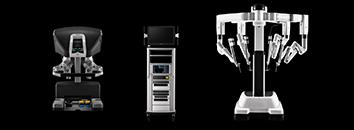Top Heart-Lung Transplant Hospital in India
At Gleneagles Hospitals, we take pride in our world-class transplant unit, which is the leading Heart Transplant Hospital in India. The team of doctors in our Transplant unit is among the most qualified in the field and has been conducting life-saving surgeries with great success for decades.
With the increasing prevalence of tumors, cancer, and major organ damage, the demand for skilled heart and lung transplant specialists in India has grown significantly. At Gleneagles Hospital, our team meets these needs effectively, one surgery at a time.
Our Heart-Lung Transplant Speciality Team includes experienced practitioners and surgeons from reputed backgrounds who work with the intent of providing you with focused and personal care based on your tailored needs and conditions.















